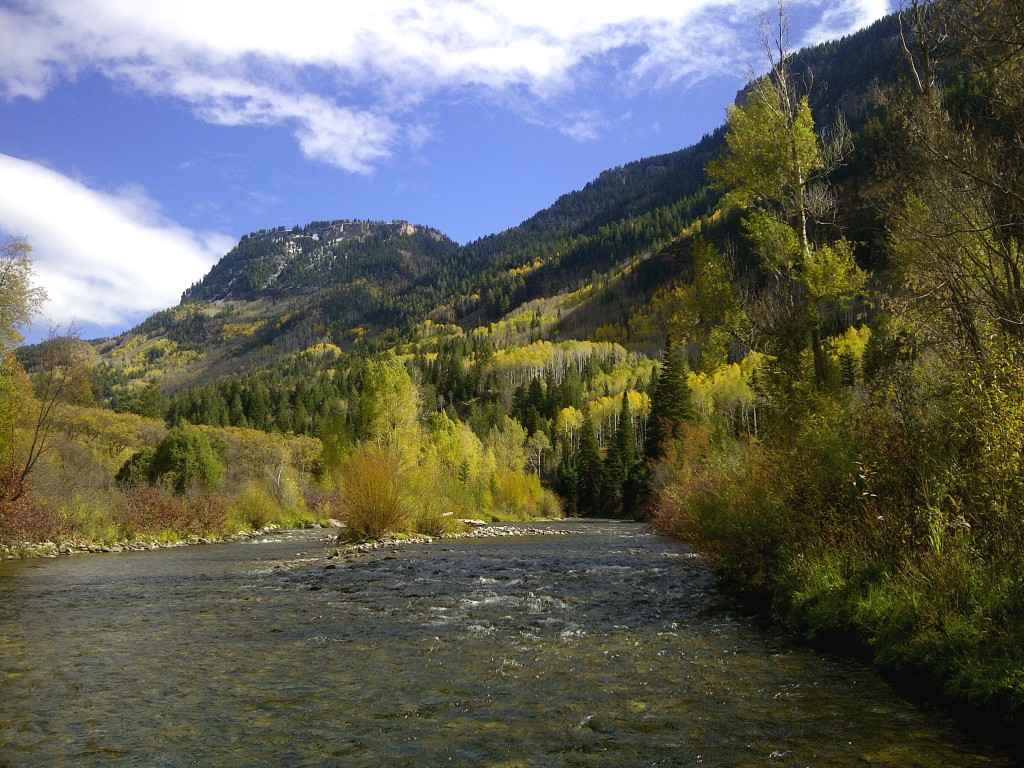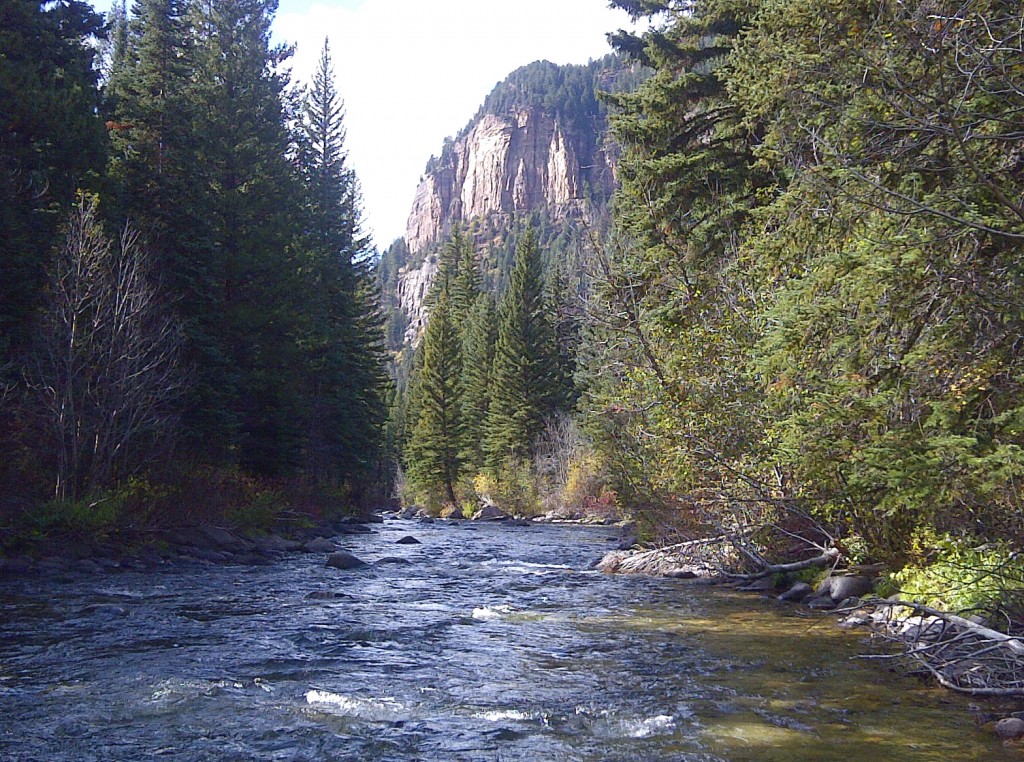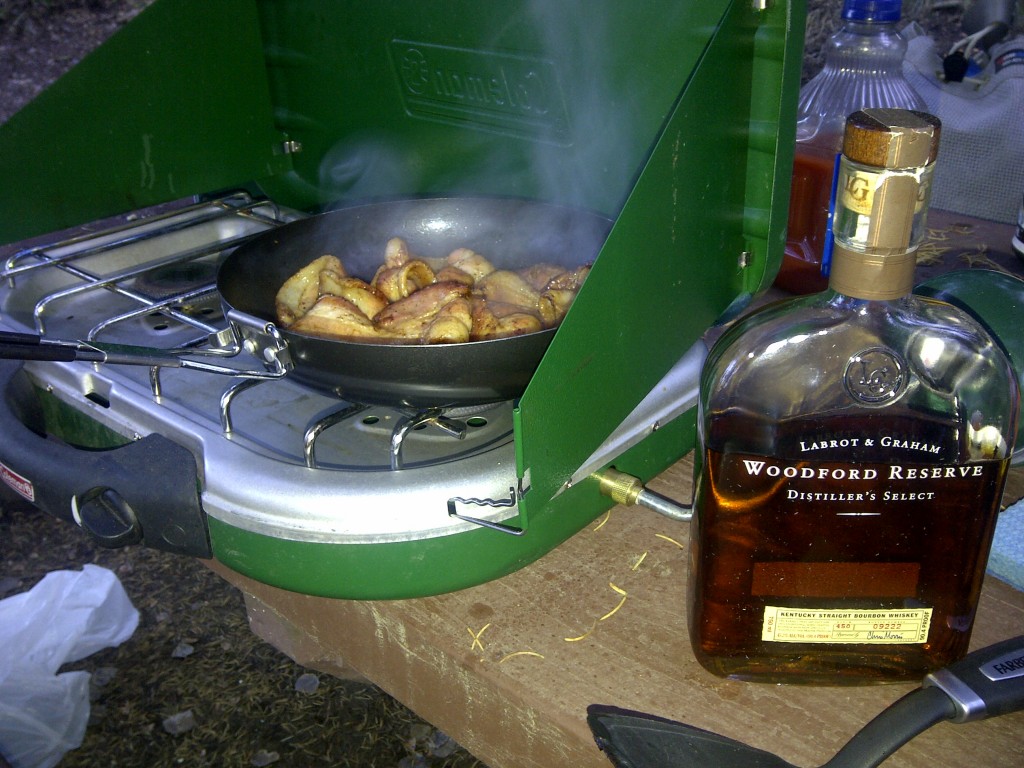While there is an element of optimism inherent in any style of recreational fishing, I like to think it is heightened amongst the ranks of dry fly tragics. The dark arts of nymphing may be viewed as an acceptable, at times necessary, method of fooling fish in the long, cold winter months where navel gazing and bouts of introspection come to the fore. But spring is the time for optimists, and in fishing circles, none shines brighter than the dry fly angler.
At least that’s what I told myself driving to the river one recent afternoon, unseasonably warm and typically breezy. My sense of certainty in the goodness of my quest had been heightened earlier in the day, on a family hike with our new pup along a riverside trail. While she charged and cavorted, barking at the strangeness of the water, spooked yet continually drawn to it, I was scanning the far banks, searching the seam lines under the willows. My vigilance was rewarded with the sight of a couple of risers, not a prolific number by any stretch, but enough to convince that at least there existed a few fish who were, like me, looking up.
There’s always a nagging doubt when fishing dry flies on a slow day, as to what might be going on in the river’s depths. Does the lack of feeding activity above the surface mirror that of below, or is there an orgy of feeding of catholic proportions going on that I’m missing out on due to stubborness and a deluded sense of superiority?
I’ve found it pays not to think about that too much. Instead, I pressed on upriver, and after fifteen minutes caught my first fish, coincidentally aided by the very wind that had made accurate placement of my flies difficult. Drifting the upper reaches of a pour-over, where a side dumper emptied into the main body of the river, an errant gust blew my flies a couple of feet to the left of where I’d intended. Despite thinking the water too slow and shallow to hold a fish at this time of the year, I resisted the urge to pick up and cast again and was rewarded with the nice, aggressive take of a lovely rainbow, charging about under water like my pup on the river bank earlier.
There followed a long drought, drifting my pmx trailing a caddis over the top of some lovely structure – riffles, pockets and eddie lines – but the sense of doubt didn’t return. I’d caught a fish on a dry, teased it from its world briefly to mine, and the rest of the afternoon could pass by fish-less for all I cared. And it nearly did. Late, the sunlight softening and the air calming, I spotted a fish rising in a glassy run against a sheltered, grassy bank. Several changes of flies were required, each smaller than the last, until it finally rose to a sprout baetis, technically a dry fly although some nymph fishermen will tell you 75 percent of it hangs below the surface.
Two hours on the river, two fish landed, beer in the fridge. It was time to head home. I have no idea how many I’d have caught with a nymph – maybe less, maybe more, but since when has counting been the point?





